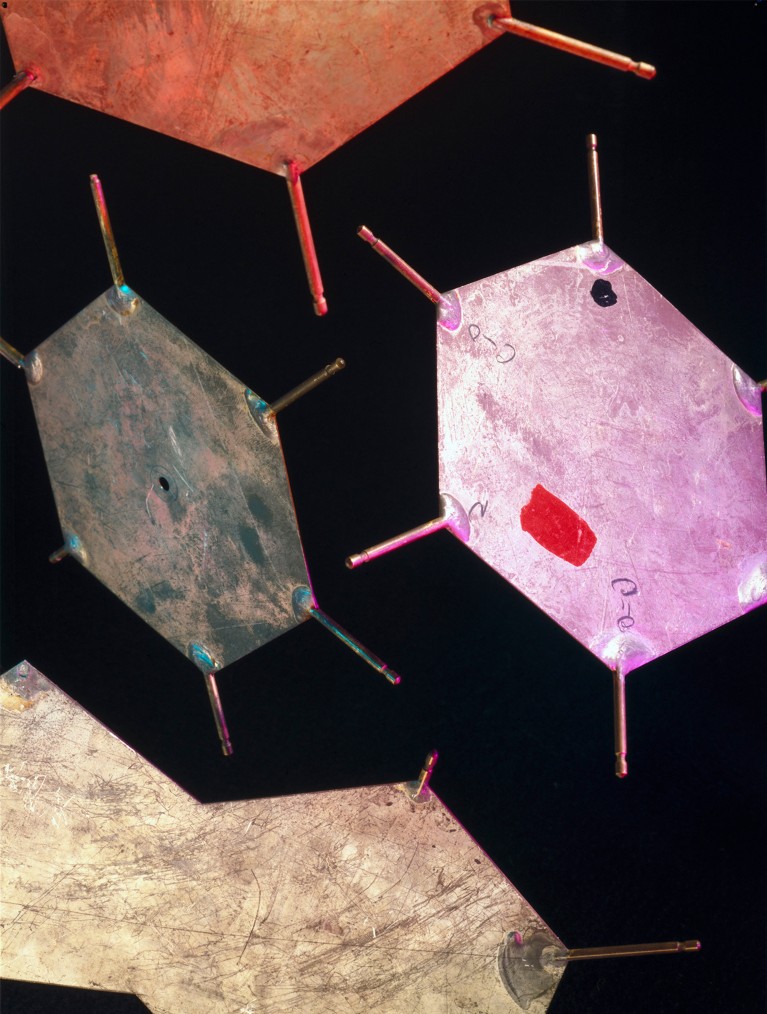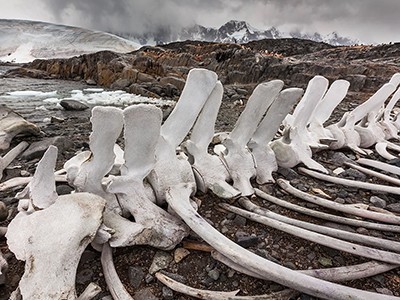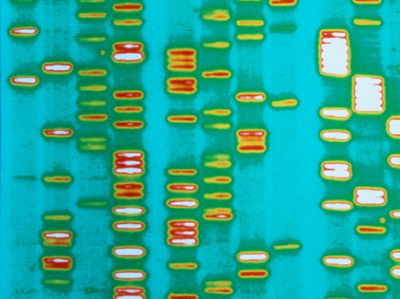
Francis Crick served within the British Admiralty and carried out analysis into naval mines.Credit score: GL Archive/Alamy
Crick: A Thoughts in Movement — from DNA to the Mind Matthew Cobb Profile Books (2025)
Francis Crick has gone down in historical past as half of a double act with James Watson — a duo maybe virtually as iconic because the double-helix construction of DNA that they proposed. The pair have been immortalized in Watson’s sensational 1968 e-book, The Double Helix, with Crick painted as garrulous and cerebral and Watson as gauche however pushed. Watson had initially described his first draft as a novel, but different printed accounts of the invention and the personalities concerned have caught carefully to the script ever since.
In a magisterial new biography, Crick, zoologist and historian Matthew Cobb revisits the double-helix breakthrough, a discovery he mentioned in forensic element in his e-book Life’s Best Secret (2015). But, this time, the publication of the construction and the quick aftermath of the invention occupy simply 41 pages. As an alternative, Cobb explores how Crick’s pondering, writing and interactions with others transcended that good, but contested, episode, revolutionizing molecular biology and influencing evolutionary and developmental biology, visible neuroscience and concepts about consciousness.
A brand new imaginative and prescient for a way evolution works is lengthy overdue
On the identical time, he makes a extra sustained try than both of Crick’s earlier biographers (Matt Ridley and Robert Olby) to reply a number of questions. Who was Crick? What sort of individual was he? What did he care about?
Crick was notoriously reluctant to expose private data and even have his {photograph} taken. Combing by means of a remarkably complete set of private {and professional} archives with meticulous consideration to element, Cobb has reconstructed Crick’s relationships with those that have been important crew mates on his mental odyssey.
Crick was born in 1916 in Northampton, a market city within the English Midlands, and grew up in a snug however not notably mental house. From an early age he had a burning need to know why issues have been the best way they have been, a curiosity he glad by burying himself within the household copies of Arthur Mee’s eight-volume The Kids’s Encyclopedia (1910). He did properly sufficient at college to go to College Faculty London to check physics, the place he later started a PhD on the viscosity of water — “the dullest drawback possible”, as Crick later stated.
Richard Dawkins e-book of the lifeless is haunted by ghosts of previous works
As Cobb explains, Crick’s future was reworked by his experiences in the course of the Second World Conflict. His PhD research have been interrupted when he was referred to as as much as serve within the British Admiralty, conducting analysis into naval mines — real-time problem-solving that suited his stressed nature. Within the Mine Design Division cafeteria he met Georg Kreisel, an Austrian refugee thinker who had simply graduated from the College of Cambridge, UK. Kreisel’s dialog and voluminous correspondence challenged Crick to sharpen his pondering and delighted him with their obscenities. Cobb makes the salacious letters a part of the lifelong soundtrack to Crick’s mental endeavours.
Additionally working on the Admiralty was the “vivacious, gifted and tolerant” artist Odile Pace. She grew to become Crick’s second spouse in 1949; their partnership was considered one of mutual devotion that allowed for his quite a few affairs. Odile helped to develop his curiosity in artwork and literature, ran their households, hosted exuberant events and raised their kids. Briefly, she supplied an setting wherein Crick had the posh of devoting all of his power to his mental life.
Deciphering DNA’s code
Within the late Forties, disillusioned with physics and impressed by physicist Erwin Schrödinger’s 1944 e-book What’s Life?, Crick determined that the character of life was the one query value pursuing, aside from the neural foundation of consciousness. He started a brand new PhD mission in structural biology on the Medical Analysis Council’s Unit for Analysis on the Molecular Construction of Organic Programs — later generally known as the Laboratory of Molecular Biology — in Cambridge, UK, the place he labored for nearly 30 years. Underneath the genial chairmanship of molecular biologist Max Perutz, Crick by no means needed to train or grapple with college administration: he utilized for a grant solely as soon as in his life. He had the grace to confess that luck had performed an element in his success, however to some extent he made his personal luck.
Cobb presents the double-helix story as far more of a collaboration with chemist Rosalind Franklin and biophysicist Maurice Wilkins at King’s Faculty London than Crick and Watson acknowledged of their iconic 1953 paper (J. D. Watson and F. H. C. Crick Nature 171, 737–738; 1953). He exonerates Crick and Watson of theft, however not of dangerous manners. “They need to have requested permission to make use of the info,” Cobb writes. “They didn’t.”

James Watson and Francis Crick co-discovered the construction of DNA.Credit score: SSPL/Getty
The double-helix construction supplied a springboard to understanding how data is transferred between DNA and the proteins it encodes. In Crick’s PhD thesis, he had referred to as this the ‘central drawback’ of biology. He tackled the difficulty with geneticist Sydney Brenner. Between them, they conceived the existence of messenger RNA, confirmed that the sequence of bases in mRNA acts as a code that dictates every protein’s amino-acid sequence and located that three bases encoded every amino acid (F. H. C. Crick et al. Nature 192, 1227–1232; 1961).
It’s time to confess that genes are usually not the blueprint for all times


